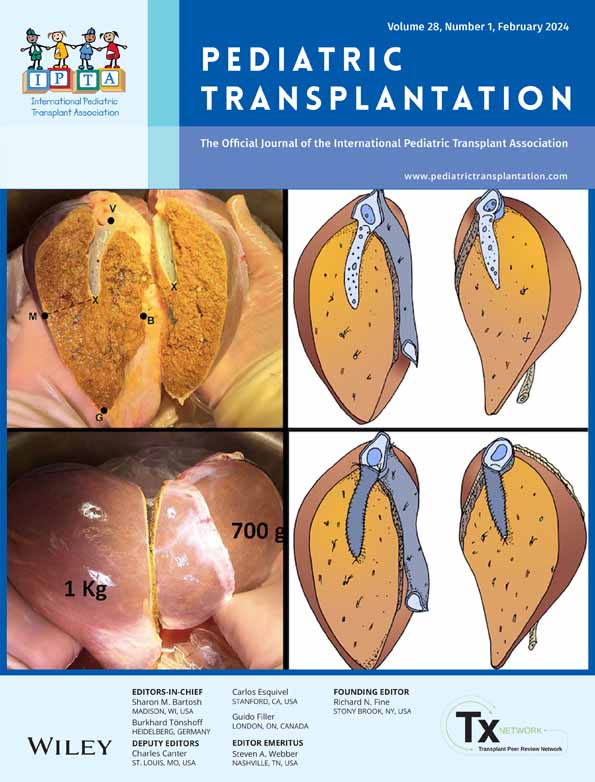The distribution of intestinal flora after hematopoietic stem cell transplantation in children
Lin Tong and Yan Meng contributed to this work equally and should be regarded as co-first authors.
Abstract
Background
This prospective study aimed to comprehensively understand the changes in intestinal flora at different stages after hematopoietic stem cell transplantation (HSCT) in pediatric patients and to analyze the effect of intestinal flora on acute graft versus host disease (aGVHD), especially on gastrointestinal graft versus host disease (GI GVHD).
Methods
A total of 32 children with primary diseases of primary immunodeficiency disease (PID) and thalassemia were included. 16S sequencing was used to characterize the microbiota layout at three time points peri-transplant including pre-transplant, Day +3, and Day +30.
Results
By comparing the intestinal flora of children with GI GVHD and those without GI GVHD, it suggests that in children with GI GVHD, the distribution of intestinal flora after transplantation was more variable and more chaotic (chao1 index, Friedman test, p = .029). Besides, Veillonella and Ruminococcaceae were more abundant before transplantation, Bifidobacteriaceae and Bacillales were more abundant after transplantation. Comparing children with PID and thalassemia, it was found that the destruction of gut microbiota diversity was more significant in children with thalassemia after transplantation. The comparison of children with 0-I° aGVHD and II-III° aGVHD indicates that children with II-III° aGVHD had more Bilophila before transplantation than children with 0-I° aGVHD. Additionally, exploratory analyses to evaluate correlations between clinical characteristics (medications, immune cell recovery, etc.) and microbiome features were also performed.
Conclusions
This study has synthetically shown the distribution of intestinal flora after allo-HSCT, and some characteristic bacteria at different stages that may serve as potential biomarkers were screened out additionally, perhaps providing clues for the prevention and treatment of the disease.
CONFLICT OF INTEREST STATEMENT
All authors declare no conflict of interest.
Open Research
DATA AVAILABILITY STATEMENT
The data that support the findings of this study are available from the corresponding author upon reasonable request.




